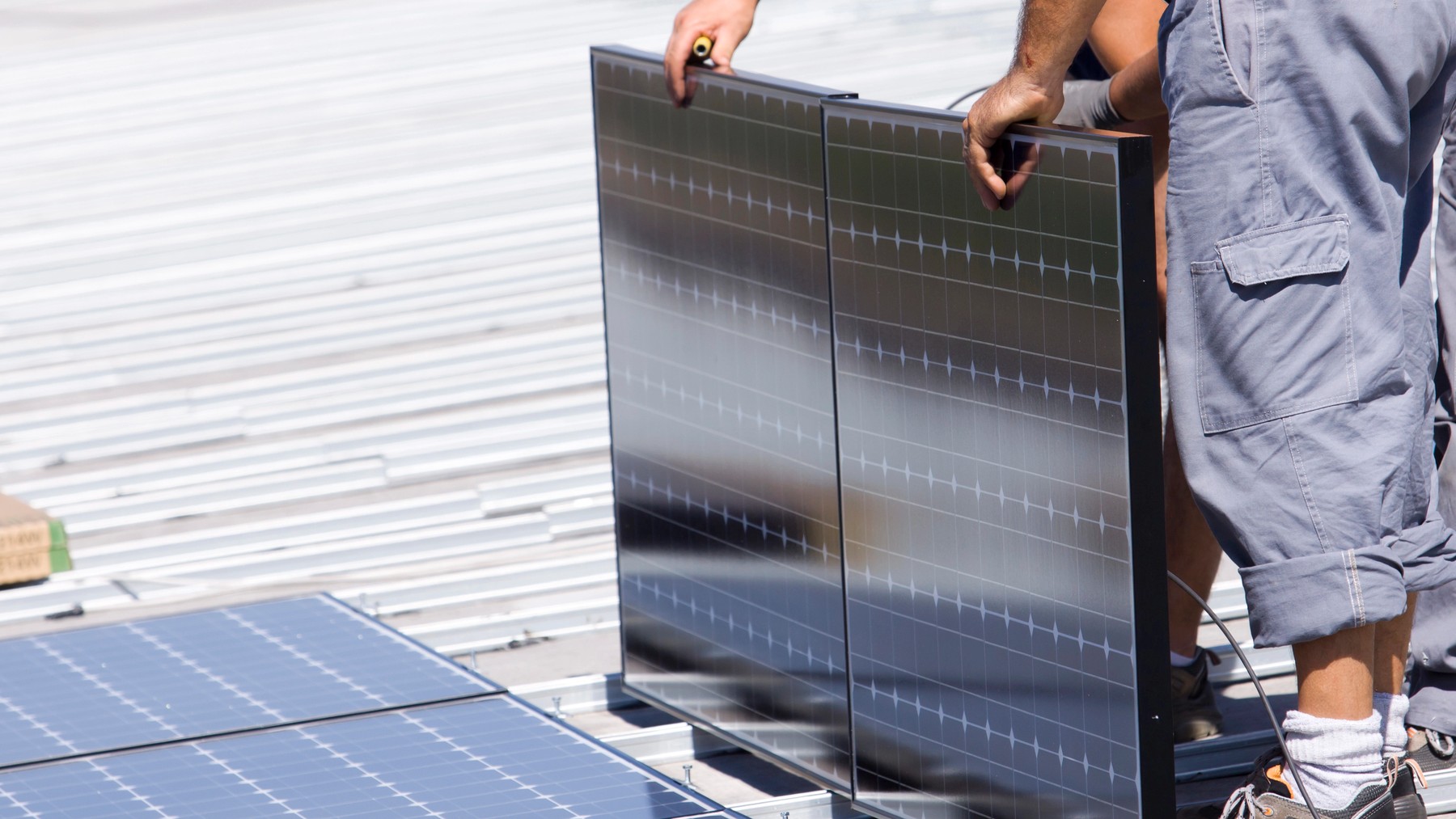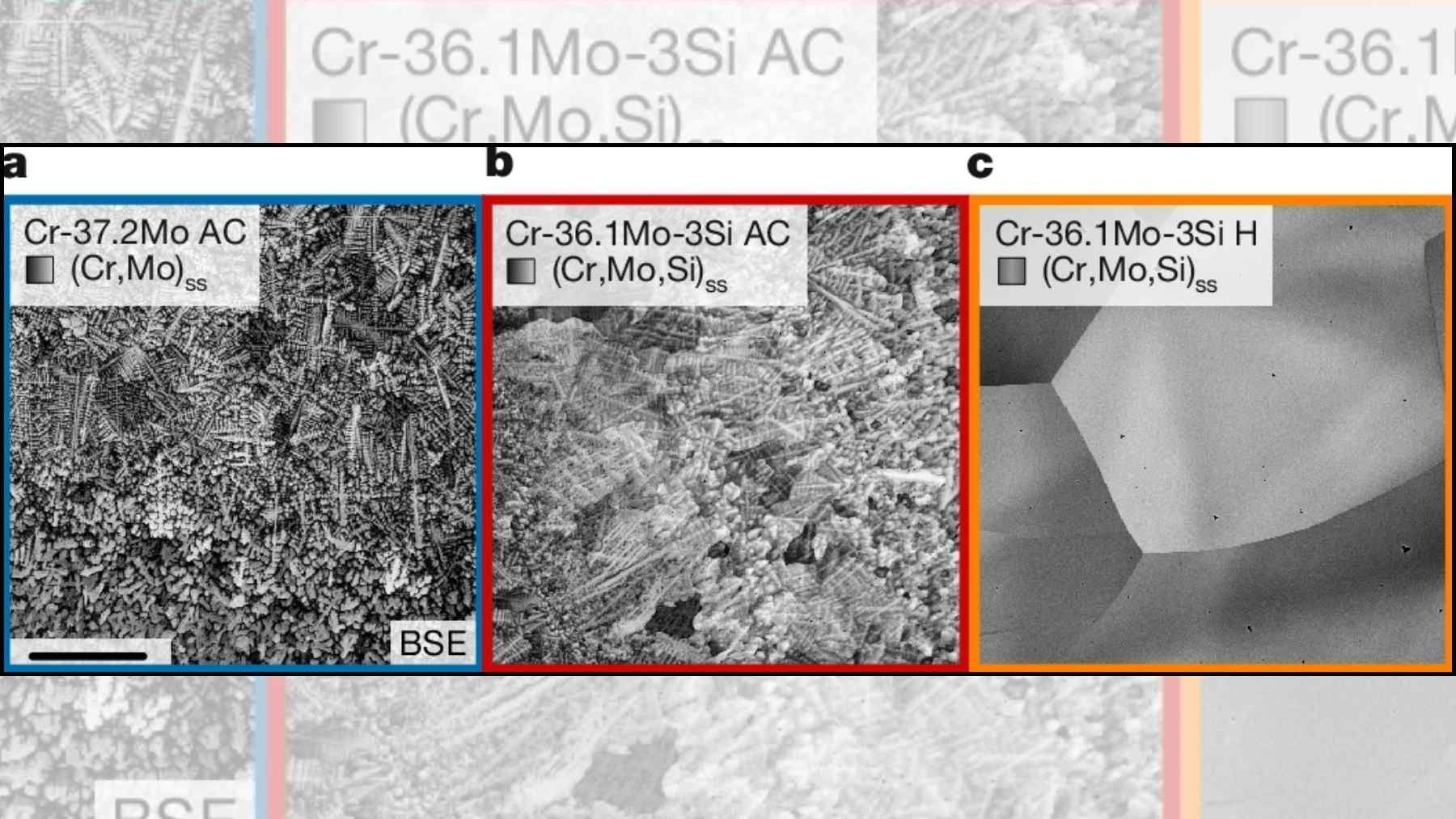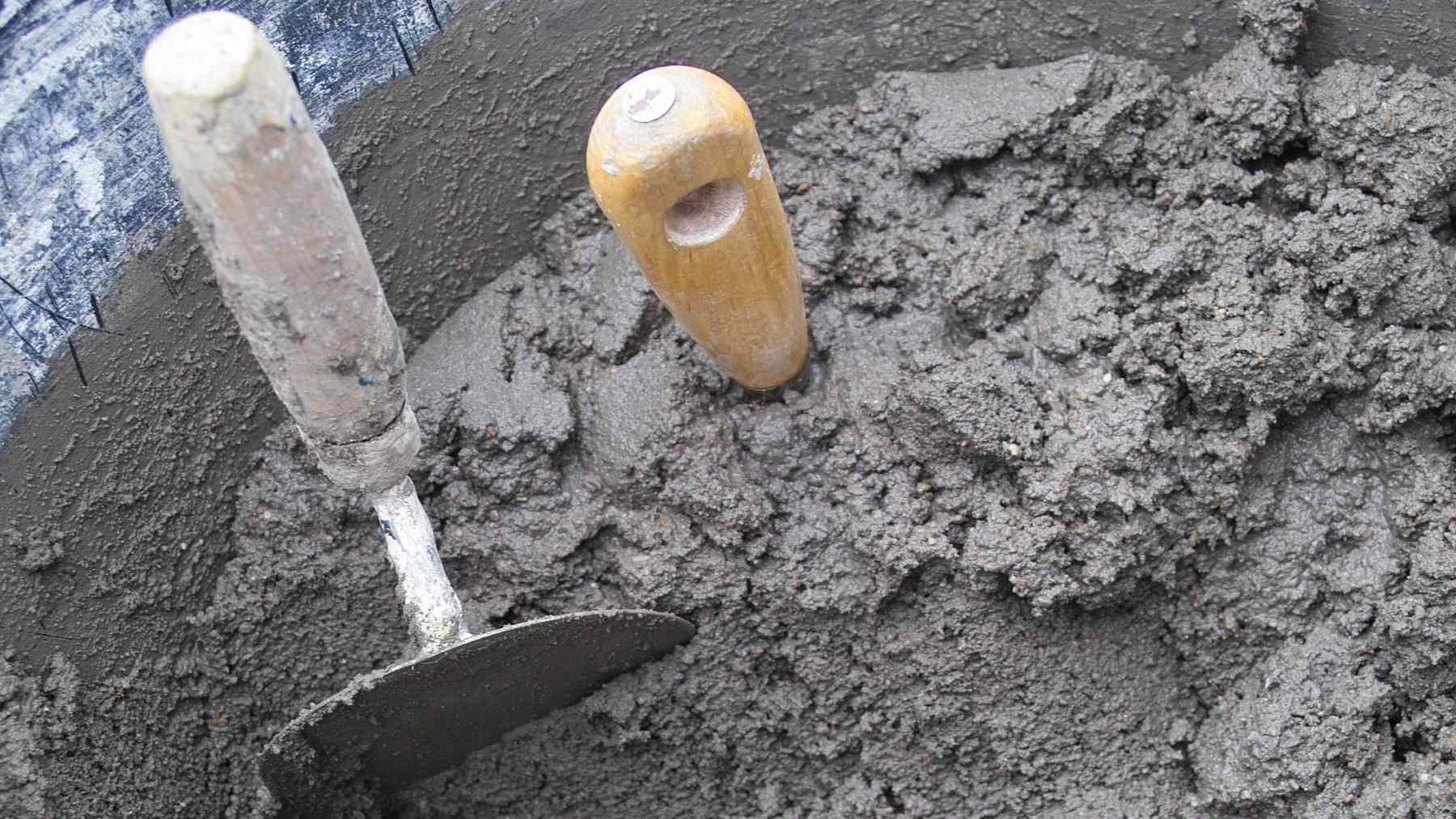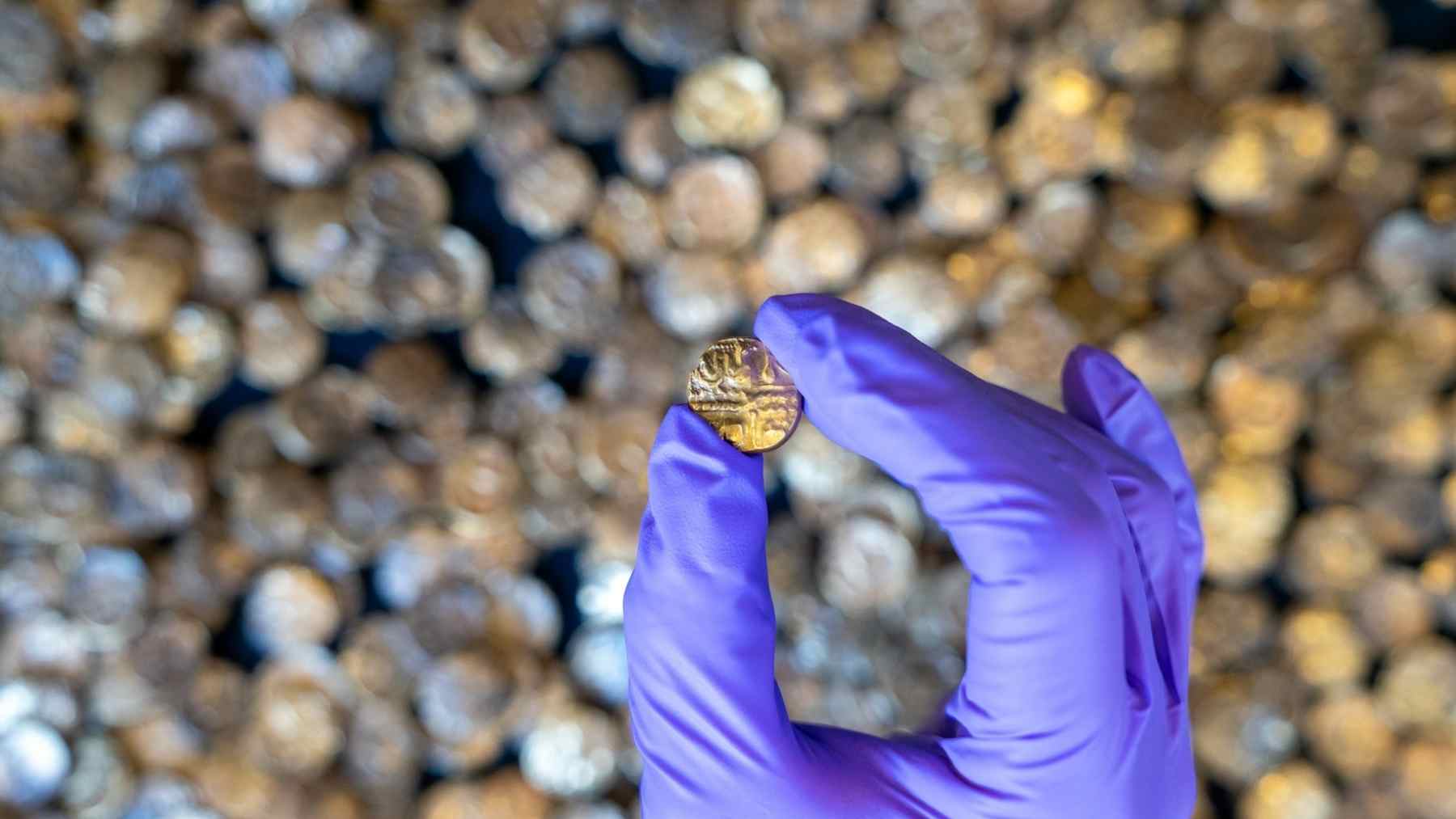After the big lie of solar panels was exposed, Japan puts an end to the more traditional ones and presents a ground-breaking invention. Solar panels play a key role in the production of renewable energy. Their main function is to capture solar radiation and convert it into energy that can be used in homes and businesses.
Traditional solar panels are composed of photovoltaic cells containing semiconductor materials, such as silicon, which make it possible to convert sunlight into electricity. The function of these devices is not only limited to electricity generation. They also contribute to the overarching goal of several nations and companies: to reduce human dependence on fossil fuels and lower greenhouse gas emissions.
Moreover, as a renewable energy source, solar panels represent a sustainable and clean alternative to supply society’s energy needs. Playing such an important role, new technologies are emerging over time to make them more efficient.
Japan unveils solar panels of the future: offering 30 years of free energy
Japan is focusing its efforts on perovskite panels and Canon has the secret to doubling their lifespan. The new material provided by Canon is semi-conductive and protects the perovskite layer. The Japanese company promises to double the lifetime of next-generation solar panels to compete with China.
One of the big goals of the solar industry is to make improvements in the strength of photovoltaic cells to achieve more versatile and durable panels. This is where perovskite comes in, which are cells invented by Japanese scientist Tsutomu Miyasaka that are more efficient at converting sunlight into electricity, cheaper and less degradable.
According to Nikkei Asia, Canon has found a protective material capable of doubling the lifetime of pervoskite solar cells. The material will be used to protect the deteriorated layer when exposed to moisture and heat, extending the lifetime of perovskite cells by 20 to 30 years.
It is a protective layer that coats the panels. It is between 100 and 200 nanometres thick. An extremely thin piece with an application that would make it possible to reduce the maintenance of the panels, leading to lower costs and greater security for adopting perovskite panel technology.
This does not affect efficiency, as Canon guarantees that its new material has semiconductor properties.
Japan goes for perovskite panels from Canon
Canon plans for samples of its protective coating to arrive at perovskite panel factories this year for mass production to begin in 2025.
It is a Japanese product and this is where the government’s plan becomes relevant to boost the technology against Chinese solar panels, which are strong commercial rivals. For this reason, a consortium of 150 companies, public and private organisations is proposed to accelerate the entry of these flexible solar panels. For this to happen, the government will invest more than 400 million euros. In addition, a roadmap for 2040 will be generated.
It is estimated that the capacity of perovskite solar cells will reach 38.3 GW by 2024, with projections of 84.2 GW by 2050, surpassing the current capacity of 70 GW of conventional solar panels.
In short, Japan has high hopes for perovskite solar panels with the emergence of Canon’s invention. It is saying goodbye to traditional ones to embrace new technologies.















